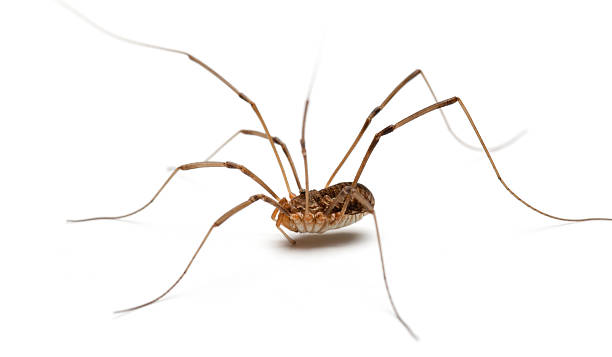
Scientists have long believed daddy longlegs, also known as harvestmen, have only two eyes. However, a recent discovery by Dr. Guilherme Gainett challenges this notion.
Unveiling Vestigial Eyes
While studying harvestmen embryos under a microscope, Dr. Gainett observed the presence of four additional structures. These structures, labeled as vestigial eyes, appeared alongside the two known eyes and were shaped by similar genes. Vestigial organs are remnants of once-functional structures that have lost their original purpose during evolution.
Evolutionary Implications
The discovery of vestigial eyes in harvestmen has significant evolutionary implications:
Fossil Link
Previously, fossils of ancient harvestmen depicted them with four eyes. This new finding suggests a stronger connection between these fossils and modern harvestmen, clarifying their position on the arachnid family tree.
Vision Architecture
The presence of vestigial eyes with light-sensitive proteins hints at an older, more complex visual system in harvestmen’s ancestors. This discovery could shed light on the evolution of vision within arachnids.
Potential Functions of Vestigial Eyes
The exact function of these vestigial eyes remains unclear. While they likely don’t provide full vision, they might be sensitive to light:
Light Detection
These structures could potentially help harvestmen distinguish between light and darkness, even without forming a complete image.
Further research, including behavioral studies, is needed to confirm this possibility.
Unexpected Discovery
Dr. Gainett and his colleagues initially aimed to understand how some arachnids lose eyes over time. Ironically, their research revealed the opposite – harvestmen possess more eyes than previously thought. This highlights the element of serendipity that often leads to groundbreaking scientific discoveries.
